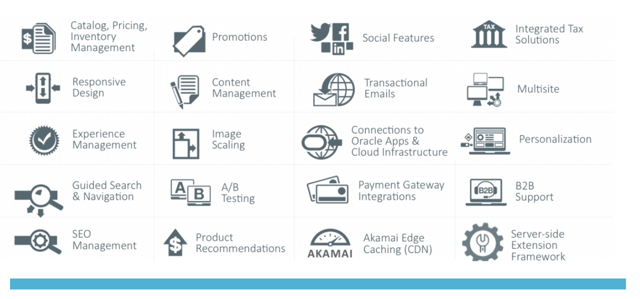In today's market, the online retail industry is growing quickly. Merely selling products online is no longer enough to guarantee success. Instead, online retailers have to consider how to optimize discounts, flash sales, and promotional events while adapting to consumer demand.
Besides supporting an immense number of features, online retail stores must also be highly available and scalable. If an online store can't support heavy traffic during high sales seasons, such as Black Friday, Cyber Monday, Christmas, Mother's Day, etc., consumer outrage could cause significant damage to that store's reputation and finances. To meet these needs, Oracle designed a cloud solution to support business innovation and to quickly launch feature-rich, responsive storefronts supportable by all devices.
The Unique Design of Oracle Commerce Cloud
Oracle Commerce Cloud was built with API-first architecture, an open, standards-based development platform, and simplified integrations:
- - API-first: All functionalities are accessible through REST services API. The API is public and can be accessed here.
- - Standards-based: There is nothing proprietary in Oracle Commerce Cloud; the storefront is built on HTML5, CSS3, Javascript, and NodeJS.
- - Simplified Integrations: APIs and WebHooks (a feature in Oracle used for communicating with other applications) make third party integrations easy.
Storefront Features
-
The Oracle Commerce Cloud storefront supports 35 languages and 60 global currencies out-of-the-box, and it also boasts several pre-integrated features, some of which are pictured below:

Oracle's development structure is based on widgets. (A widget is a unit of UI functionality that can be used in many different pages. Widgets can provide custom HTML, JavaScript, CSS, localization, and component reuse.) Widgets make it easy to customize storefronts with new functionalities and/or new page structures. These changes are considered extensions. An extension can contain one or more of the following items:
- - Elements: elements are subcomponents of widgets. An element represents a small part of a widget and can be used as a drag-and-drop sub-component that allows for fine control in a page layout. For example, the Header widget contains the following elements: Cart Link, Language, Links, Login/Registration, Logo, Rich Text, and Search. An element can belong to a specific widget or multiple widgets.
- - Payment Gateways: OCC has out-of-the-box support for some well-known gateways, such as CyberSource for credit card processing, Chase Paymentech for credit card and gift card processing, and PayPal Express Checkout.
- - Site settings: site settings allow designers to define a set of global configuration parameters. The parameters are available to page layout designers in the administration interface for all widgets.
-
OCC is Easy to Implement
All functionalities are accessible through easy-to-use REST web services and front-end coding skills, such as HTML, CSS, and JavaScript. Due to its API-first architecture, OCC customization and innovation are simple since everyone (OCC, partner-built, customer-built, and so on) uses the same API . This design also makes it easy to learn and start using OCC on a daily basis.
As we've shown above, Oracle has designed an incredible cloud infrastructure so that businesses can focus on operations without worrying about the framework. Oracle has also defined an architecture that's easy to use, which expedites the learning process and makes team ramp-up fast. These benefits, combined with Oracle's vast experience in the market, make Oracle Commerce Cloud a clear leader for e-commerce solutions.
Author
Orlando Neto
Orlando Neto is a Java Engineer at Avenue Code.





